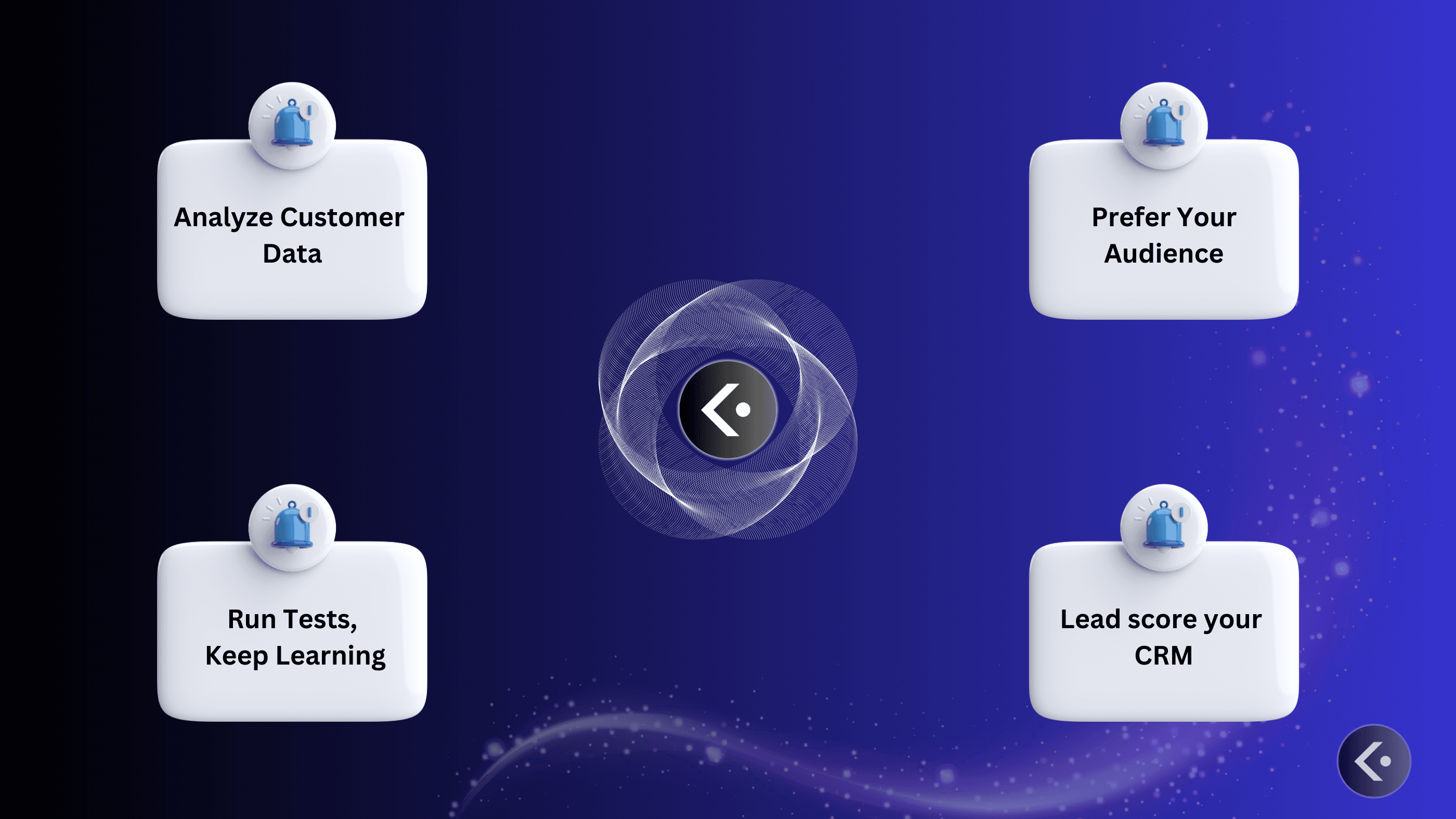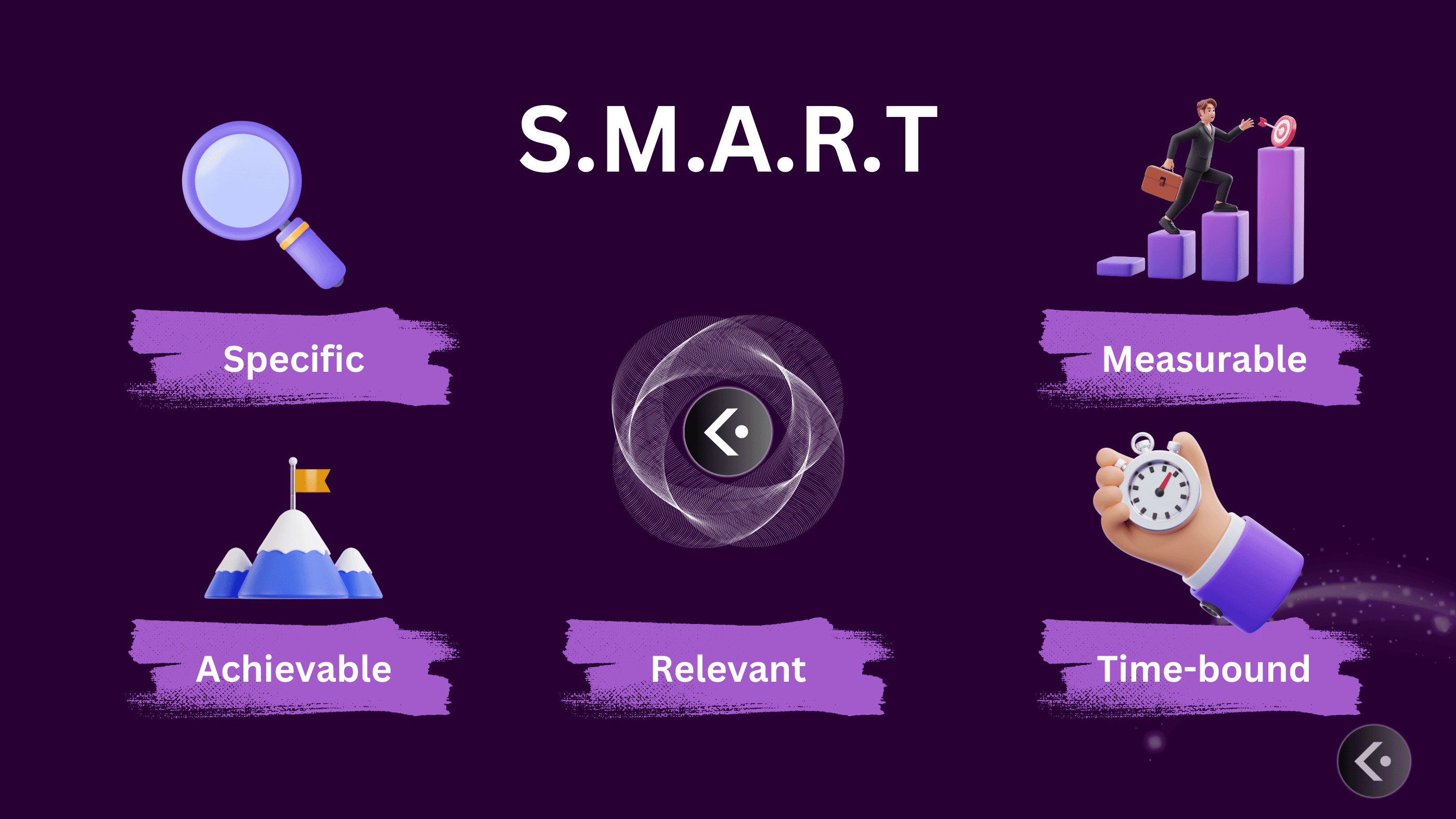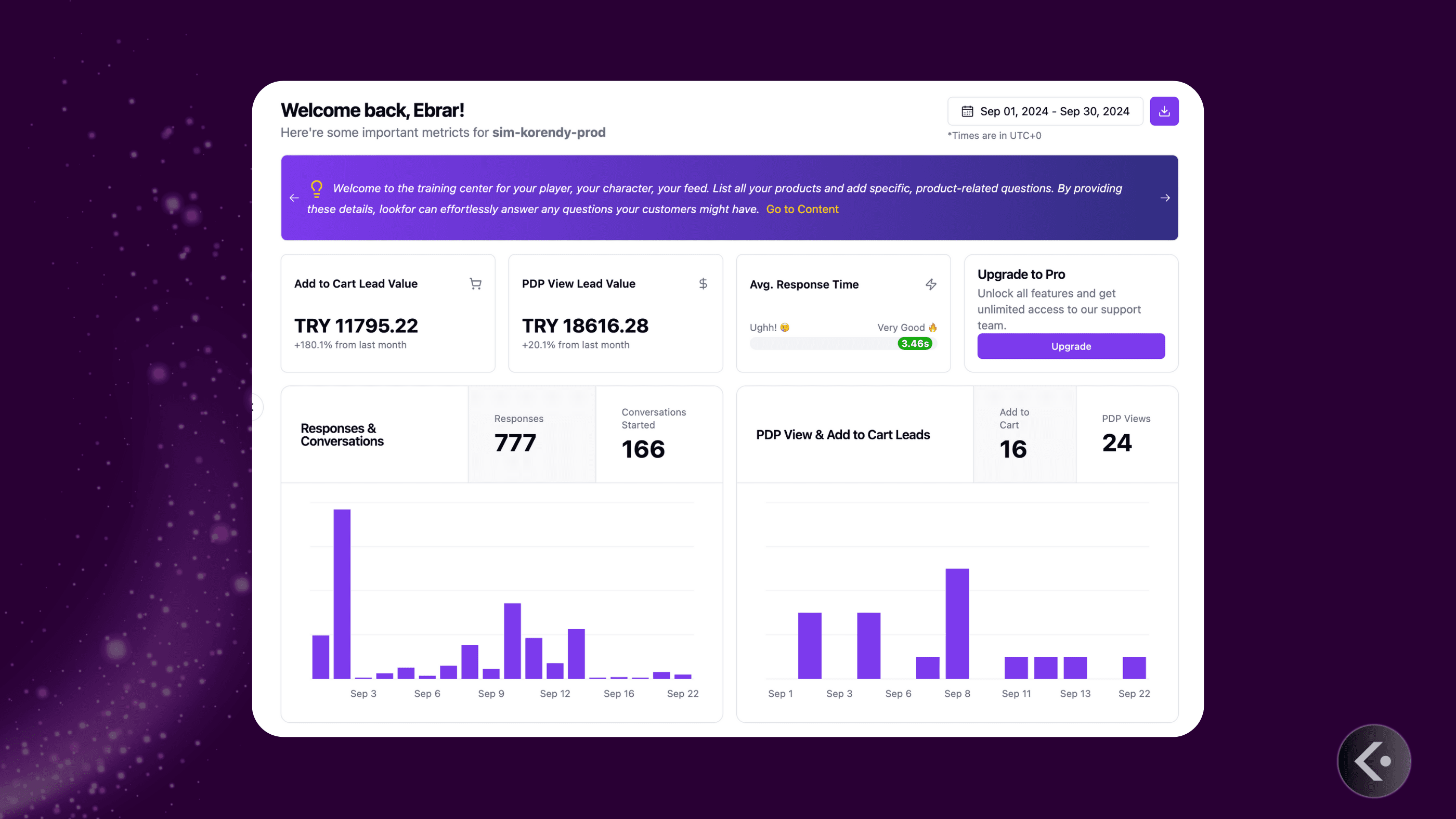8 Data-Driven Strategies To How To Increase Ecommerce Sales
The next quarter is almost here!
This could be the busiest online shopping season of the year. If your online store approaches it with the right strategy, expect an explosion in sales.
Are you nervous or unsure about your sales strategy? You should be if your ecommerce sales process is not optimized.
But—how can you tell?
If an ecommerce store is running on outdated systems or manual tasks, it will slow down any progress and leave it at a loss trying to beat the competition.
Can such a business afford to do nothing?
Not for long as inaction is an expense that builds up—it mostly arises from frustrated customers, missed metrics on conversion rates, or other untapped growth opportunities. At some point, you need a strategy to drive sales back.
Starting an ecommerce venture is a huge step. Every day, you are crafting ways to increase ecommerce sales in a highly competitive online marketplace. There is no one-size-fits-all digital marketing strategy.
Nevertheless, collected below is some information on data-driven tips on how to increase ecommerce sales strategies.
Increasing sales often comes at a cost—whether hiring more sales reps or upskilling your reps with training programs. Today, this is not a feasible option for small ecommerce merchants who are budget-conscious.
In this article, we look into data-driven strategies that can increase your ecommerce sales:
Develop data-driven buyer personas
Focus on quality over quantity
Set up a sales process
Optimize productivity
Set and track goals
Discover new ways to connect with customers online
Consistently add value
Prioritize customer retention
Wait a moment—
Want to learn more about growing your ecommerce store? Look at the below:
Getting back on topic, we can look at our sales strategies.
8 strategies to boost sales
Successful sales strategies focus on creating, converting, and retaining customers. Begin by understanding the customer. Proceed by narrowing down a target audience. Then tailor your content marketing efforts to be more personalized.
Here are 8 strategies that can boost your sales.
Develop data-driven buyer personas
Buyer persona is often confused with an ideal customer profile. For instance, your local gym’s ICP might be people valuing healthy and community living. Buyer personas for the ideal customer profiles include Monica (busy professional), Phoebe (single mom seeking a gym with childcare), Joey (budget-sensitive actor), and Ross (science major focused on data-driven workouts).
In ecommerce, understanding your customer is at the heart of the most successful ventures. When starting, some businesses' High-converting sales teams view it from the viewpoint that every sale is different. Buyer personas help your agents focus their time and energy on qualifying prospects.
CRM software can collect important information on the prospects who are likely to buy your product and those who are not. What better way to cluster your buyers than into quick categories? Here is where you can develop a buyer persona:
Run user research—at a minimum, B2C marketers will collect information on age, gender, and location. Where there are gaps they can be filled through pop-up quiz surveys or interactions with customer support agents.
Segment users—with buyer personas you can segment customers. Use this demographic and psychographic segmentation when growing the top of your funnel. Look for variables within your target segment to help your sales and marketing messaging further.
Develop personas—when identifying your audience, create a detailed persona for each group.
With customer profiles, you can execute effective cross-selling and up-selling strategies that build trust and credibility for your products online.
Focus on quality over quantity
Experienced sales experts can give cases where rather than allocate their marketing budget for cheaper leads, they shifted it to more expensive leads yet achieved favorable results. Expensive leads are often high-quality and have a nice customer lifetime value (CLVs).
Why would an online business spend $1 to acquire customers who would then spend $500 when it can raise $5 to acquire prospects capable of spending $5000? It’s not a numbers game in all cases, at times you need to find value in your current customers.
Here is how you can run a quality-over-quantity approach:
Analyze customer engagement data—look where high-quality leads exist.
Preferred audience—retargeting your outreach channels to audiences that spend a lot of time looking for information.
Run tests and keep learning—keep experimenting with A/B tests with different channels while measuring the results.
Lead score your CRM—this qualification helps assign numerical values to important data points.

Set up a sales process
You can define a sales process as steps taken when building relationships with prospective customers until it influences their purchasing decisions. When a sales process is enforced, managers get to gauge the right steps to move smoothly while identifying areas for improvement. In most sales processes the steps are: prospecting, qualifying, presenting, quotation, closing, and a win/ or lose.
You can implement a sales process in your ecommerce business by:
Identify unique selling stages
Have specific action at every step
Align the process with the needs of your target audience
Communicate this sales process in the organization
Have a user-friendly user checkout process that uses universal payment gateways like credit cards or PayPal
Optimize productivity
On average every salesperson spends 22 percent of their work time selling while a good amount of time goes into low-value repetitive administrative tasks. For instance, an app that syncs in real-time with your CRM ensures your sales reps can automate admin tasks by accessing customer data, updating our records, and managing leads and sale opportunities.
Automate repetitive and low-value administrative processes
Automate lead generation by building targeted prospect lists while identifying the decision-makers and running email automation
Delegation of tasks to employees can be in the form of automated task rerouting or assignment.
AI-powered solutions such as Lookfor sales chatbot reduce the workload on support reps by offering self-service in real-time to ecommerce site visitors. That way, not every customer feedback is acted upon by a human unless it is urgent.
Set and track goals
A track record of solid growth in ecommerce sales is never accidental. Successful sales teams are efficient yet accountable and are driven by clear goals that they work towards. Goals must meet the S.M.A.R.T criteria where they are specific, measurable, achievable, relevant, and time-bound.
A good example of this is company X where a sales agent makes many calls in January with few converted sales and makes fewer calls in February but closes more. At such a point the manager can develop time-focussed targets to achieve a consistent workflow. You can also keep tabs on your sales funnels and gauge performance from the average order value (AOV).
Goal setting needs accountability to be enforced. What better way to keep your sales agents on their toes, if not by automation of the sales process? You can borrow an element of gamesmanship and make it competitive with awards for the top performers. Using automated tools is great at tracking goals and overall sales performance.

Discover new ways to connect with customers online
Channels where retailers online get to connect with customers vary from word-of-mouth to SEO. As new technologies emerge so does the business further evolve. If you are a sole proprietor merchant, there is only much you can apply at a go—-given budgetary constraints. Anything that promises a steady flow of consistent revenue is key to your survival past the first few troublesome years.
So, how can you connect with the right customers for you?
Be present where your customers are searching for your products
Ensure where you are reviewed or captured, customers see your brand positively
Through volunteering offer your time and support in the form of online events
You can run an AI-powered sales chatbot feature like Lookfor on your Shopify site or app to give real-time support to visitors. AI looks through product descriptions and picks the best one for a customer’s question
Utilize social media platforms to put out high-quality product images that promote social selling
Run a CRM or data-driven approach
Have a smooth user experience in the form of fast-loading product pages, homepage, and mobile versions to give a strong first impression
Network in communities, or respond to testimonials and customer reviews
Consistently add value
Prospective customers are bombarded online by hundreds if not thousands of sales offers and proposals on practically everything. It is an endless game of attention from ads, search engine filters, social media, pop-ups, promotional emails, and many others.
In this situation, deals are closed not just because of the sales reps’ skills, but because they understand what the customer needs and what they can offer. The customer must be motivated to click on the CTA button and claim the unique offer, discount, or incentive your product promises.
When chatbots or sales reps engage potential customers, they should keep asking questions to help the customers understand their own needs better. Based on these answers give advice and a few actionable steps that can help them find a solution to their needs. As an ecommerce store on a growth trajectory, utilizing AI digital assistants such as Lookfor helps when engaging customers.

Prioritize customer retention
Every ecommerce business wants customers who stick around rather than having to keep getting new leads to your website. Customers today are spoilt for choice with the stiff competition online so the businesses that grow the fastest retain as many as they attract. On average, the customer retention rate in ecommerce is around 30%.
Some of the approaches that would be beneficial for ecommerce brands to retain customers and reduce cart abandonment are:
Increase ROI—It will cost less to convert your existing customers than having to keep spending on paid advertising for new leads.
Customer loyalty program—loyal customers who return are the ones who are satisfied with the services and can be rewarded.
Get new customers—shoppers always want to identify with what is catchy, cool, or a club. If they find a brand with a high number of return customers, they also want to be a part of it.
Customer acquisition cost—this is the cost of acquiring a single customer. When you have a higher rate of retention it costs less to spend on customers.
Customer lifetime value—the amount of money a customer collects over the lifetime of a single customer is important.
Word-of-mouth—customers who frequently transact with you are a great source of organic brand awareness in turn increasing your revenues.
Let us look at some of the key takeaways.
Key takeaways
When online sales drop or stop growing, it can seriously threaten the survival of any online store if not fixed. Many brands spend a fortune on how to boost ecommerce sales. You do not necessarily have to go into panic spending to boost revenues when there are data-driven strategies that can improve sales.
Increasing your sales within a company depends on certain products or services. When you pick proven sales strategies and excellent products and customer service you can revamp your sales and business. AI functionality is transforming how we are doing business today, which is why AI sales chatbots like Lookfor are rated 5 stars when listing tools that boost conversions.



